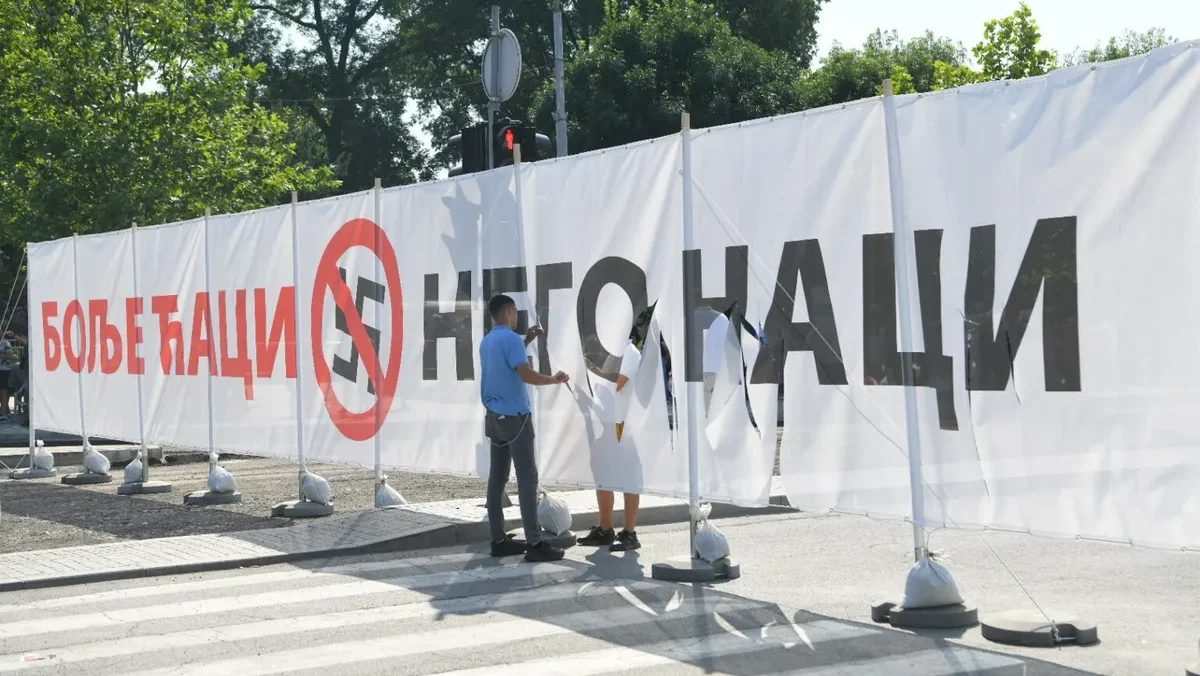The issue of the swastika being displayed among Serbs has sparked intense reactions and varied interpretations in the media. On the left side of the political spectrum, the emphasis is on the danger of the reappearance of Nazi symbols and the reminder of the suffering during World War II, along with criticism of the authorities for inadequate response. Centrist media report on the events focusing on facts and legal aspects, highlighting that displaying the swastika is punishable by law and that the police have an obligation to act. On the right, some media downplay the significance of the symbol, associating it with student protests and disputing that it represents Nazi ideology, while criticizing the opposition and media for exaggerating the issue. Overall, the topic is presented as a symptom of deeper social and political tensions in Serbia.
Political Perspectives:
Left: Left-leaning media emphasize the historical trauma associated with the swastika, condemning its display as a dangerous resurgence of fascist ideology. They criticize the government and authorities for failing to adequately address and punish the use of Nazi symbols, framing it as a threat to democratic values and social cohesion.
Center: Centrist outlets focus on factual reporting, highlighting the legal framework that prohibits the display of Nazi symbols and the role of law enforcement in addressing violations. They present the issue as a serious but manageable problem, emphasizing the need for rule of law and social responsibility without overt political bias.
Right: Right-leaning media often minimize the significance of the swastika incidents, sometimes framing them as exaggerated or politicized by opponents. They may link the symbol’s appearance to student protests or youth rebellion rather than organized fascist movements, and criticize leftist groups and media for using the issue to attack the government.








